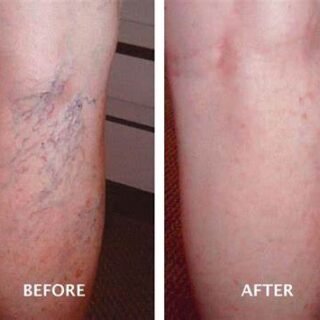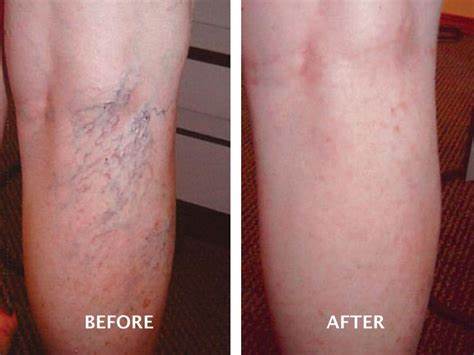
About 40 percent of women and 25 percent of men experience spider veins at some point. The most common — and best — treatment is known as cosmetic sclerotherapy.
What is cosmetic sclerotherapy?
Cosmetic sclerotherapy is a minimally invasive therapy in which a doctor such as an interventional radiologist or a trained physician assistant injects a special solution called a sclerosant into these spider veins.
The veins seal shut, impeding blood flow to those particular veins. Instead, the blood moves to healthier veins in the same area of the body. Because there is no blood flow to the unsightly veins, the visibility reduces, and the vein ultimately disappears.
When do you need treatment?
Spider veins occur for various reasons, some of which are unknown. Genetics, injuries, small repetitive trauma, varicose veins, and hormones can contribute to their development.
The symptoms include visible purple, red, or blue vein, which usually occur in a pattern similar to tree branching out or like a spider, hence the name. They can cause mild itching but are often present without any pain or swelling.
Although treatment is not medically necessary for most patients, many still prefer to do it for aesthetic reasons. Anyone with spider veins and general good health is a candidate for the procedure. Unsuitable candidates include those who are pregnant, have an allergy to the solution, or have certain conditions – which your doctor will screen for.
The procedure
Located in a comfortable office setting at the doctor’s office, cosmetic sclerotherapy begins after an examination by the doctor who identifies the troublesome veins. This is done by the use of an ultrasound or specialized flashlights. The doctor or physician assistant injects the medication carefully into both the spider veins and the veins that lead to them using a tiny needle, one which is much smaller than the typical one used to draw blood.
All the spider veins that can be safely treated are addressed at the appointment. However, you might need to have more than one treatment with a 6-12 week gap in between. The number of treatments varies for different patients and is based on the number of spider veins, the expectations of each patient, and whether new spider veins form.
Although there is a high success rate, spider veins do tend to recur in many patients.
Recovery time
Sclerotherapy is a minimally invasive treatment with little to no down time. There is no anesthesia, so you do not have to worry about any potential complications of that.
Side effects are typically minimal, and may include itching, swelling, and discolored skin. You might experience bruising in the area in which the doctor made the injection.
Generally most people return to normal daily activities immediately. Because spider veins are not medically necessary to treat, sclerotherapy is considered a cosmetic procedure. As such, most insurance companies do not cover it and payment is out-of-pocket.
Original article can be found here.
